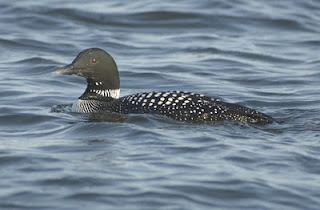If vacationing in Maui, the Bahamas or Cancun isn't in your budget, do something rewarding right now anyway. Many people in north Texas have created (or are creating) their private "birdscape" in the back yard - a place where they can go (weather-permitting of course) and not worry about e-mails and such. At no cost! Simply watch birds while relaxing in a lounge chair, or... A "stay-cation".
Each "birdscape" is unique and different. Size is not a big concern at all. In fact, it's often a matter of "tweaking" an existing back yard landscape. What matters most is what you put
IN the birdscape. Whatever it is, it should lower your dependency on store-bought birdseed.
This blog may spur some ideas. Also, I'd like to help face-to-face. As many of you may know, I'm a licensed Landscape Architect in Texas, and have consulted on the landscape design of hundreds of homes. I can also email you a list of "birdscape" plants that are native to north Texas. Just e-mail me. I've personally seen that these plants are attractive, effective and durable in our climate.
The best time to start planning a birdscape in north Texas is NOW, before springtime and crowds loom around the corner.
MERRY CHRISTMAS!

















































